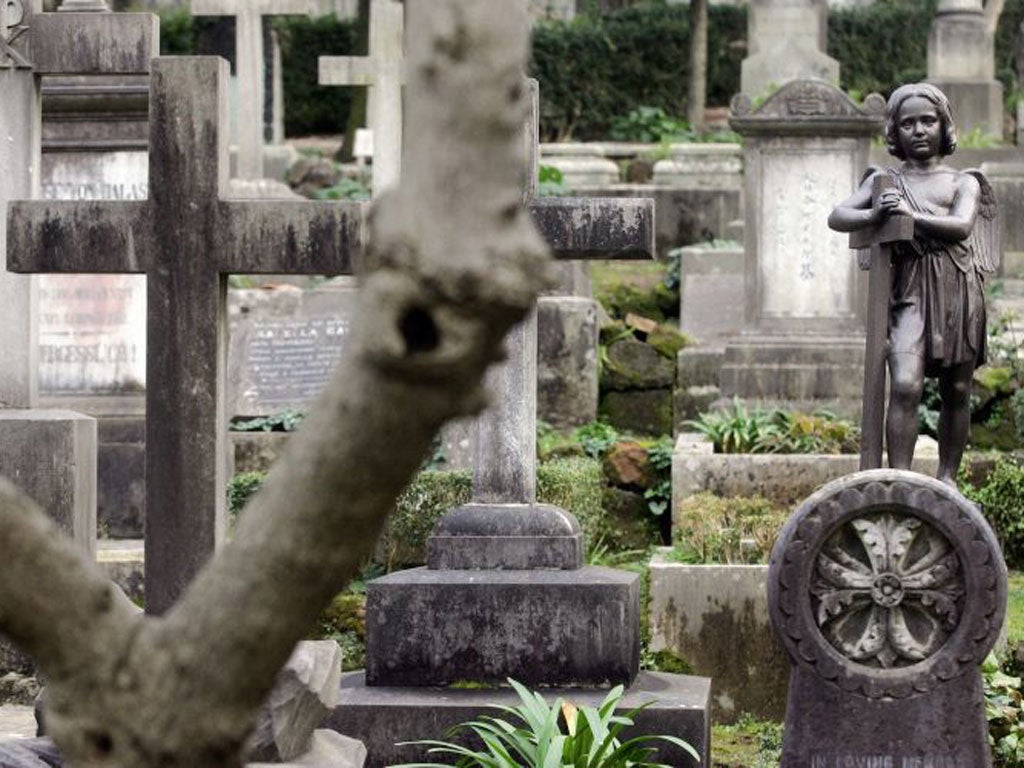Rome: Great and good in the dead poets' society
On the road

Your support helps us to tell the story
From reproductive rights to climate change to Big Tech, The Independent is on the ground when the story is developing. Whether it's investigating the financials of Elon Musk's pro-Trump PAC or producing our latest documentary, 'The A Word', which shines a light on the American women fighting for reproductive rights, we know how important it is to parse out the facts from the messaging.
At such a critical moment in US history, we need reporters on the ground. Your donation allows us to keep sending journalists to speak to both sides of the story.
The Independent is trusted by Americans across the entire political spectrum. And unlike many other quality news outlets, we choose not to lock Americans out of our reporting and analysis with paywalls. We believe quality journalism should be available to everyone, paid for by those who can afford it.
Your support makes all the difference.On the southern side of Rome, a centuries-old cemetery beckons the curious and the slightly morbid. Count me in. Plots in the sacred ground of the Cimitero Acattolico are reserved for non-Catholics and non-Romans who have died in Rome over the centuries. It's also known as "The Englishmen's Cemetery" – perhaps because the earliest recorded burial was that of an Oxford University student in 1738. It conceals the bones of such masters of the English language as John Keats – who died in 1821 – and Percy Bysshe Shelley, who followed him in 1822.
My eyes, tired after countless unsuccessful attempts to decipher Italian signs, gratefully pause to reflect on Keats's tombstone, bearing the emotional epitaph he personally penned: "Here lies one whose name was writ in water."
After some searching, I find Shelley's simple rectangular tomb near the back of the cemetery. His epitaph, "Nothing of him that doth fade/But doth suffer a sea-change/Into something rich and strange", a quotation from Shakespeare's The Tempest, is an appropriate and elegant description of the drowned man.
Also buried in the Cimitero Acattolico is the Russian Prince Felix Youssoupoff. He is the man who fathered the man who assassinated Rasputin. I walk over to his headstone, an elaborate cross inscribed with what I can only assume is Russian for "World's Best Dad". I give it a congratulatory pat.
Many more are interred here: Germans, Russians, diplomats, nuclear physicists. These and the countless other residents make this place such a macabre thrill. Underneath a tree in the corner, behind the grave of an Englishman who died 1,000 miles from home and 100 years ago, a young couple laughs in the shade. It's the first sign of life I've seen here.
After the ceaselessly active atmosphere of Rome had begun to overwhelm me, I'd found solace and comfort in the odd tranquillity of this place, almost empty above ground despite the intriguing crowd below.
Footprint Rome (£13.99) is available now.
Join our commenting forum
Join thought-provoking conversations, follow other Independent readers and see their replies
Comments